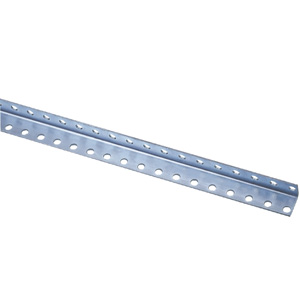[For those of you starting your read at this point, I'm OP, and I'm the one everybody is helping.]
As I said before, one of item I need for to make the bike motorized is a new rear wheel. (The original one, having quick-release skewers, was quick-stolen. Someone probably took the whole rear wheel for the tire. But it is a 29" wheel, and it's unlikely that's the size they wanted. My wheel is probably in the bush somewhere now.) I'm currently using an old 26" wheel that doesn't accept disc brakes.
Buying a wheel by itself is reasonable for high-end bikes, but for the Pacific Cycle ones sold by Walmart, it doesn't make much sense economically, particularly when whole bikes are discounted occasionally if you watch carefully. The Walmarts around Kansas City, again and again, put bikes outside unprotected from the rain. They get rained upon, and then you can bargain for a discount. If there is yet more problems, you may get even more discounted. The managers will initially tell you 10% off, but they can go beyond that.
Anyway, I didn't get a cruiser. I got what Pacific Cycle calls a
Stat. It's a 29" with front and back disc brakes and a springed fork. It's not much different from the
Deception.
Yes, I realize some of you frown on this choice, but considering the price, $135 using tax exempt card, I had to buy it. (The only damage was cosmetic or fixable.)
At least I'm starting this project with a new bike.





![IMAG0228[1].jpg IMAG0228[1].jpg](https://motorbicycling.com/data/attachments/44/44754-3b144a5b9a3aa88ca54736d135d87ee6.jpg)





